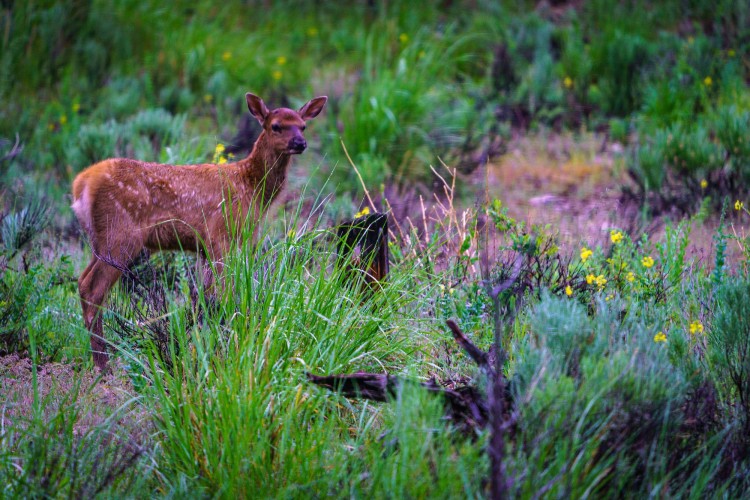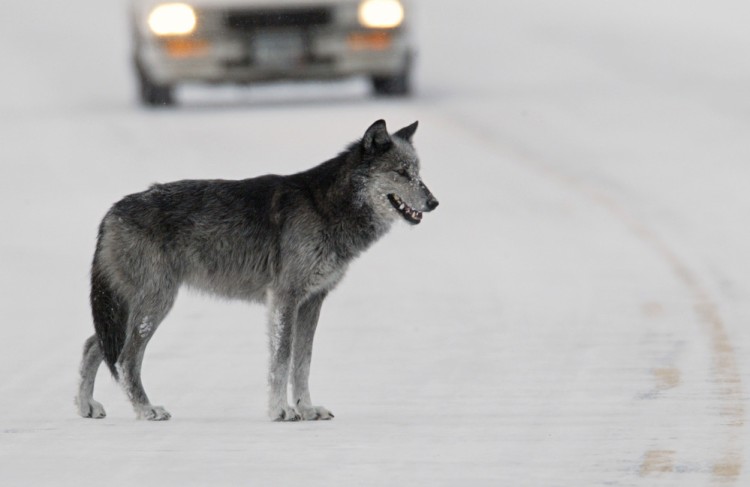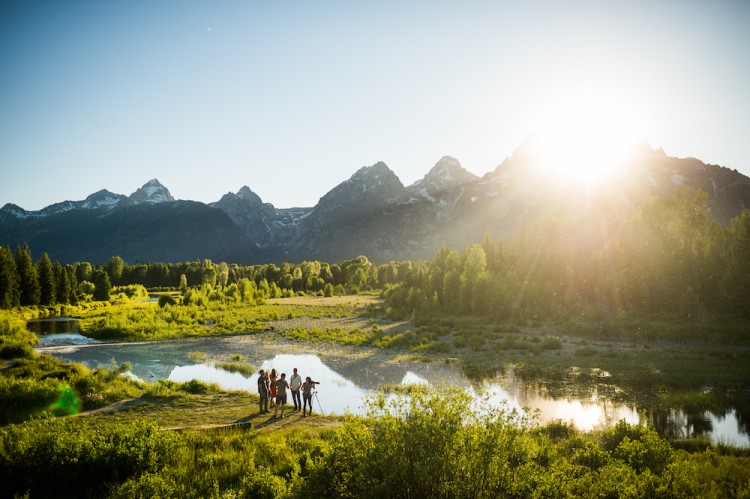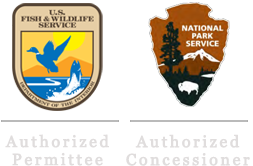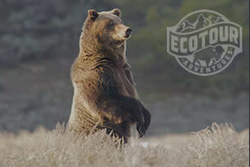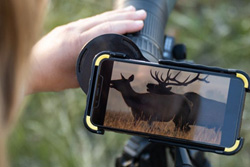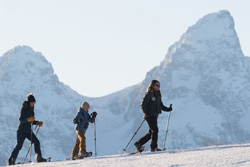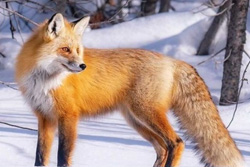Climate Change is Coming to the Greater Yellowstone Ecosystem
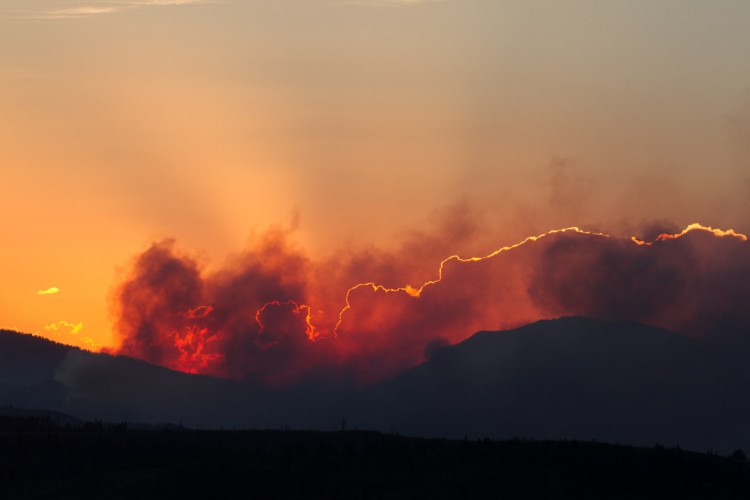

2016: Summer of Fire
Anyone who visited the Greater Yellowstone Ecosystem in summer 2016 knows it was a hot one. Low snowfall from the previous winter and limited rainfall in early summer created dry conditions, perfect for wildfire.
In July, while returning from a backpacking trip just south of Jackson, a cloudburst passed, drizzling rain on a friend and me. We heard the sound of thunder and saw lightning strikes from a distance. About an hour later, while driving away from the trailhead we noticed a smoke plume billowing up in our path to the north. The Cliff Creek fire had ignited and crossed the highway, closing the road and one of the major access routes to Jackson Hole. Another fire started the same day northeast of the Tetons, threatening to close the eastern access. Then, just a few weeks later, a small blaze in Grand Teton National Park dubbed the Berry Creek Fire, jumped Jackson Lake, crossing and closing the road into Yellowstone.
Fires last summer were more of an inconvenience than devastating, but we were lucky. Conditions matched the 1988 fires, which burned one third of Yellowstone’s 2.2 million acres. Locals called it the summer without sun, due to the thick plumes of smoke which settled into the Jackson Hole valley. Fortunately that size of burn was not realized this time.
Fire is a natural force in the Greater Yellowstone Ecosystem but it is rapidly changing. Conditions like what caused the ‘88 fires are projected to increase in frequency, under some models by mid century they will exist every year! This could potentially change many historically forested areas into shrub or grasslands, a dramatic change in the landscape.
Shorter, Rainier Winters
In contrast to last year, winter 2016-2017 has been a snowy one, but it has also been characterized by frequent rainfall events in the valley floor. Are warmer temperatures changing our winters? According to “The Coming Climate,” a report compiled by Jackson, WY’s Charture Institute and Teton Research Institute, trends in warming will do just that. Low elevation areas like the Jackson Hole Valley historically experienced mostly snow in shoulder seasons, November and March-April. By mid century precipitation is predicted to be mostly rain.
How might this affect our wildlife? In some ways winter rain can be helpful. This winter deep snows from December and January had buried critical winter range for mule deer, elk, bighorn sheep, and pronghorn antelope, stressing animals. Rain in February melted out much of the snows on this winter range, and wildlife seem to be doing much better now.
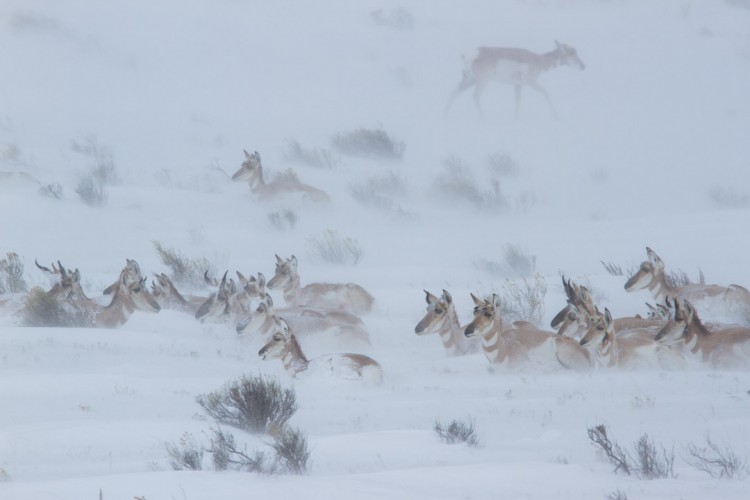
For other wildlife, rain events mean shallow spring snowpack, limiting their habitat. Wolverines, a large weasel adapted to life in the snow, depend on deep spring snowpack for denning habitat. Without it they leave, losing valuable habitat. This risk has led wolverines to be proposed as a threatened species under the Endangered Species Act.
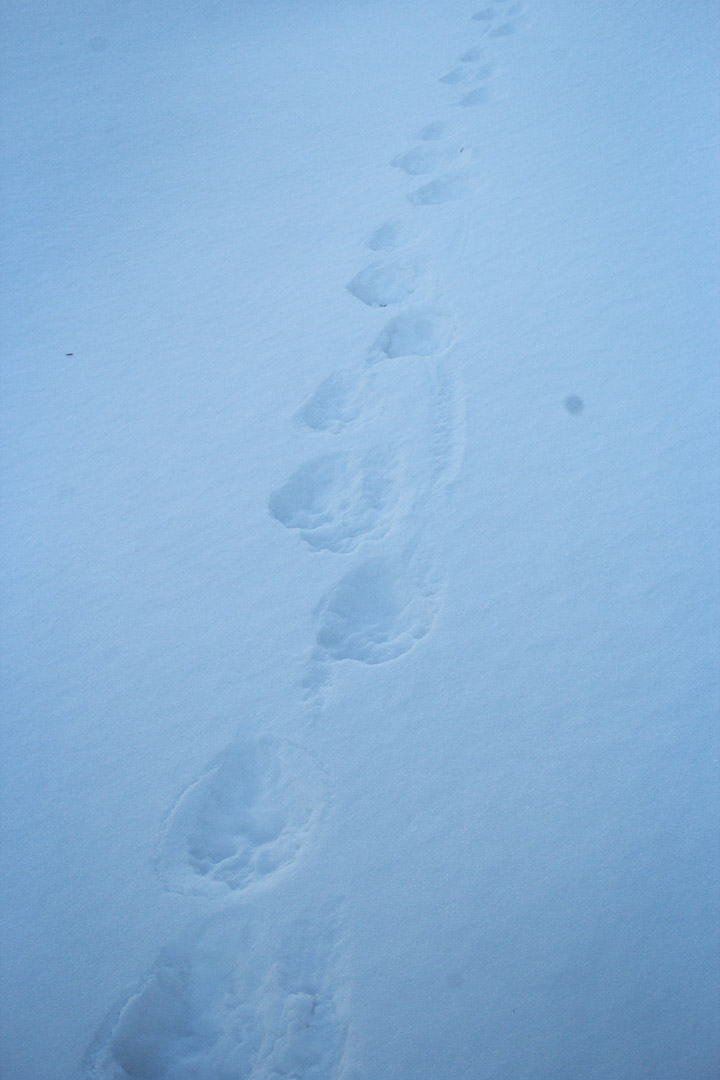
From 2014-2016 Round River Conservation Studies conducted a study on the impacts of Winter Recreation on Wolverines in the Teton Range. Naturalist Josh Metten was working on the study team and found these tracks of the elusive animal heading up Grand Teton National Park’s Granite Canyon.
Pika, a small lagomorph, or rabbit, thrive in high alpine boulder fields of mountains like the Teton Range. Active year round, they depend on deep snow to insulate themselves against winter’s chill. Shallower snow could decrease available habitat to these charismatic alpine mammals, which are also declining due to higher summer temperature.
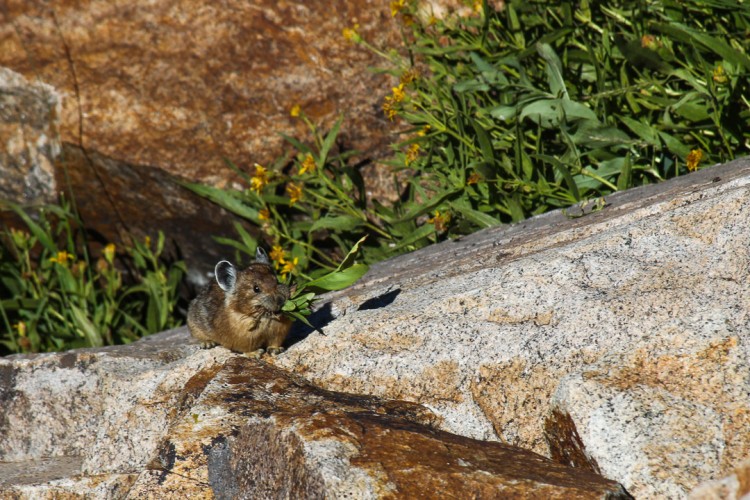
Pika are hay farmers, building hay piles sheltered under boulder underhangs all summer long which they will feed on throughout the winter months.
Winter recreation, a huge economic driver in places like Jackson, WY, is also at stake. Skiing and snowmobiling depend on reliable snowpack and a long winter season, both of which are expected to decline under future climate scenarios. With an economic value of close to $80 million dollars loss in winter recreation opportunities is a major economic consequence for the region. Earlier this year in February a power outage at Jackson Hole Mountain Resort for only five days resulted in an estimated loss of around $5 million dollars!
Hotter Drier Summers
Across the landscape, shorter winters mean less water in our rivers during summer time, which could negatively affect our fisheries, wildlife habitat, and river recreation. Angling is an especially popular activity in summer, and lower flows would both decrease habitat and increase temperatures of our rivers causing stress to fish populations. As the cold water habitat declines, our native cutthroat trout populations are predicted to decline as well, impacting wildlife which hunt them like grizzly bears. Lower river flows may also reduce the number of commercial fishing, scenic, and whitewater trips, activities which currently generate around $25 million in revenue annually for Teton County alone.
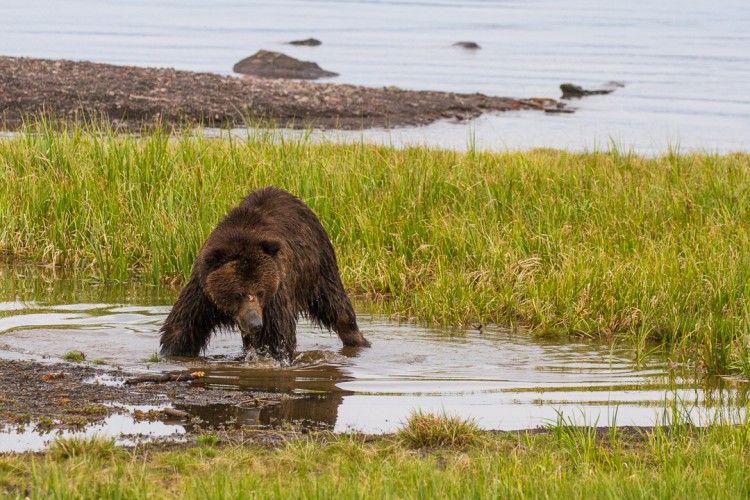
Cutthroat trout from Yellowstone Lake have historically been an important food source for grizzly bears in the area. We found this bear hunting cutthroat in a small tributary on a Yellowstone trip last June!
What we can do: Mitigation and Adaptation
Climate change is here but it is not too late to mitigate its worst effects. As a wildlife tour operator, Ecotour Adventures is aware of our impacts and for the last 10 years have supported the Carbon Fund, offsetting our emissions by planting trees, which sequester, or store, carbon from the atmosphere. As educators, we work to share the beauty of the Greater Yellowstone Ecosystem with guests, in hopes that others will take up the torch of conserving this landscape for the future.
Supporting National and International policies to curb the increase in emissions will mitigate the worst effects of climate change, but we must also adapt to the changes which are already happening around us. Former National Park Service Director Jonathan Jarvis had this to say about climate change and our national parks:
“Fundamentally, it’s the biggest challenge the National Park Service has ever faced, I put it up there because it fundamentally changes the way we are going to manage our national parks into the future. It’s making us rethink the whole paradigm under which we manage them.” - Former NPS Director Jonathan Jarvis
Several needed adaptations include protecting migration corridors, which will allow wildlife to access and move to changing habitats. Many areas of the Greater Yellowstone are refugia, or areas which climate sensitive species like pika, wolverines, and even moose can persist in a warmer climate. We must ensure those areas are protected from development, providing the much needed habitat these species need. We can also reduce non climate related stress on our wildlife populations, such as reducing habitat loss, and keeping streams cool with strategic releases from water storage reservoirs.
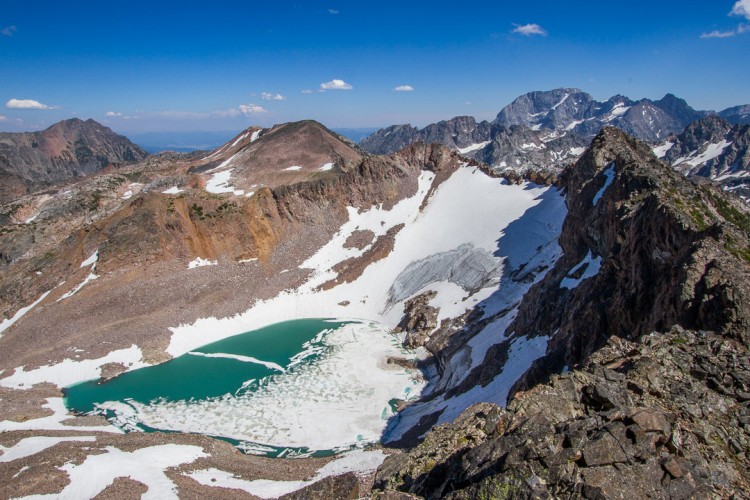
High elevation habitats in the Tetons may serve as refugia for climate sensitive wildlife in the future. Unnamed glacier in the Northern Range of Grand Teton Natinoal Park.
The Future is Now
For thousands of years wildlife of the Greater Yellowstone Ecosystem have thrived here. Summers flush of life provides an abundance which sustains the ecosystem through winter’s chill. The ecosystem is resilient, but its ability to adapt to rapid climate change is limited. As stewards of one of our last wild places in the lower 48 we must ensure its future.
Read the report “The Coming Climate” for more information. Thanks to report author Corinna Riginos Ph.D. for your help with this post!

Jackson Hole Ecotour Adventures is a carbon neutral company offering single and multi day trips through Grand Teton and Yellowstone National Parks year round. Read more about our commitment to conservation and sustainability here.
To join us exploring the Greater Yellowstone Ecosystem visit our website or call 307-690-9533. Mention this blog post for 10% off your trip. We hope to see you soon!
Words and photos by Naturalist Josh Metten




